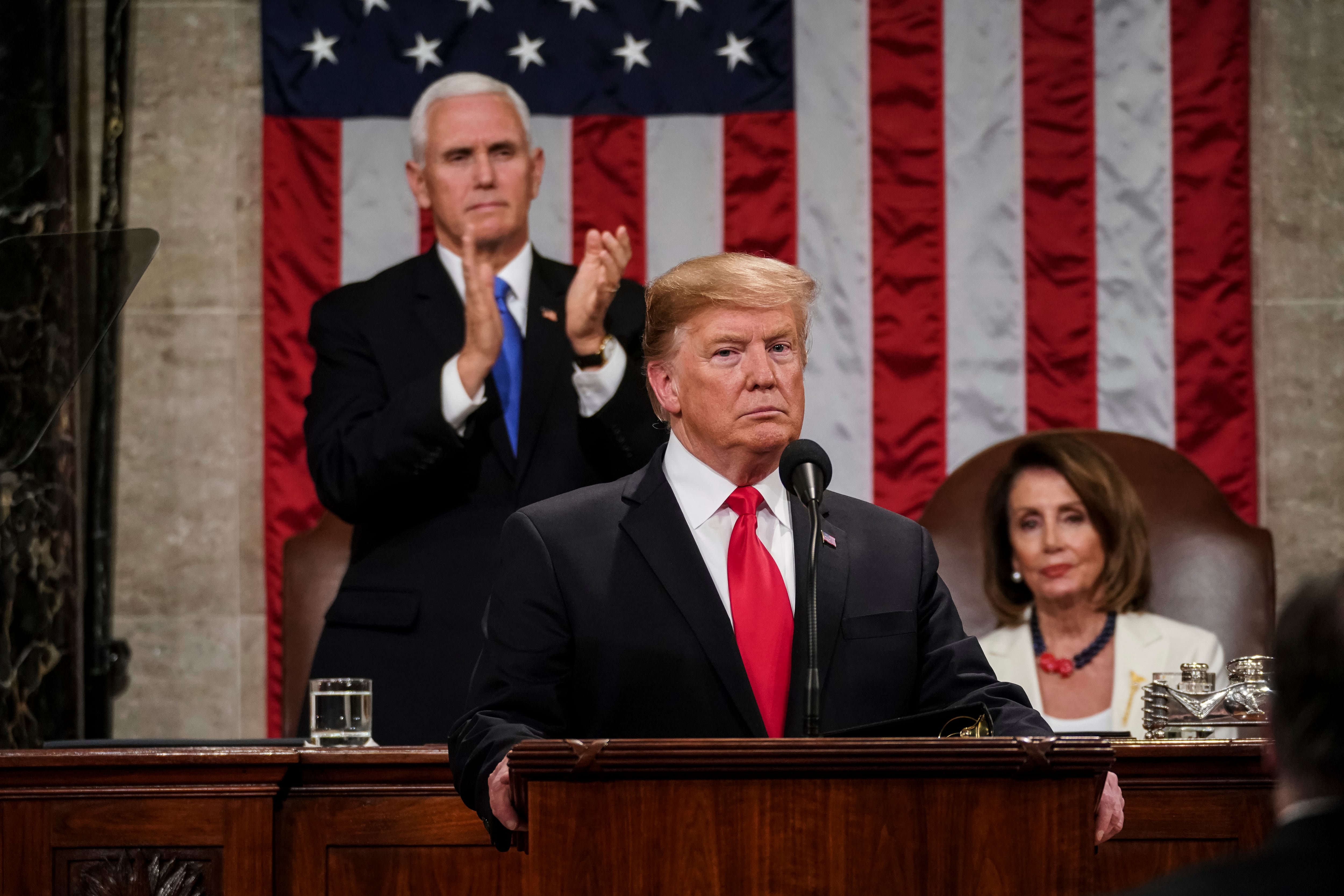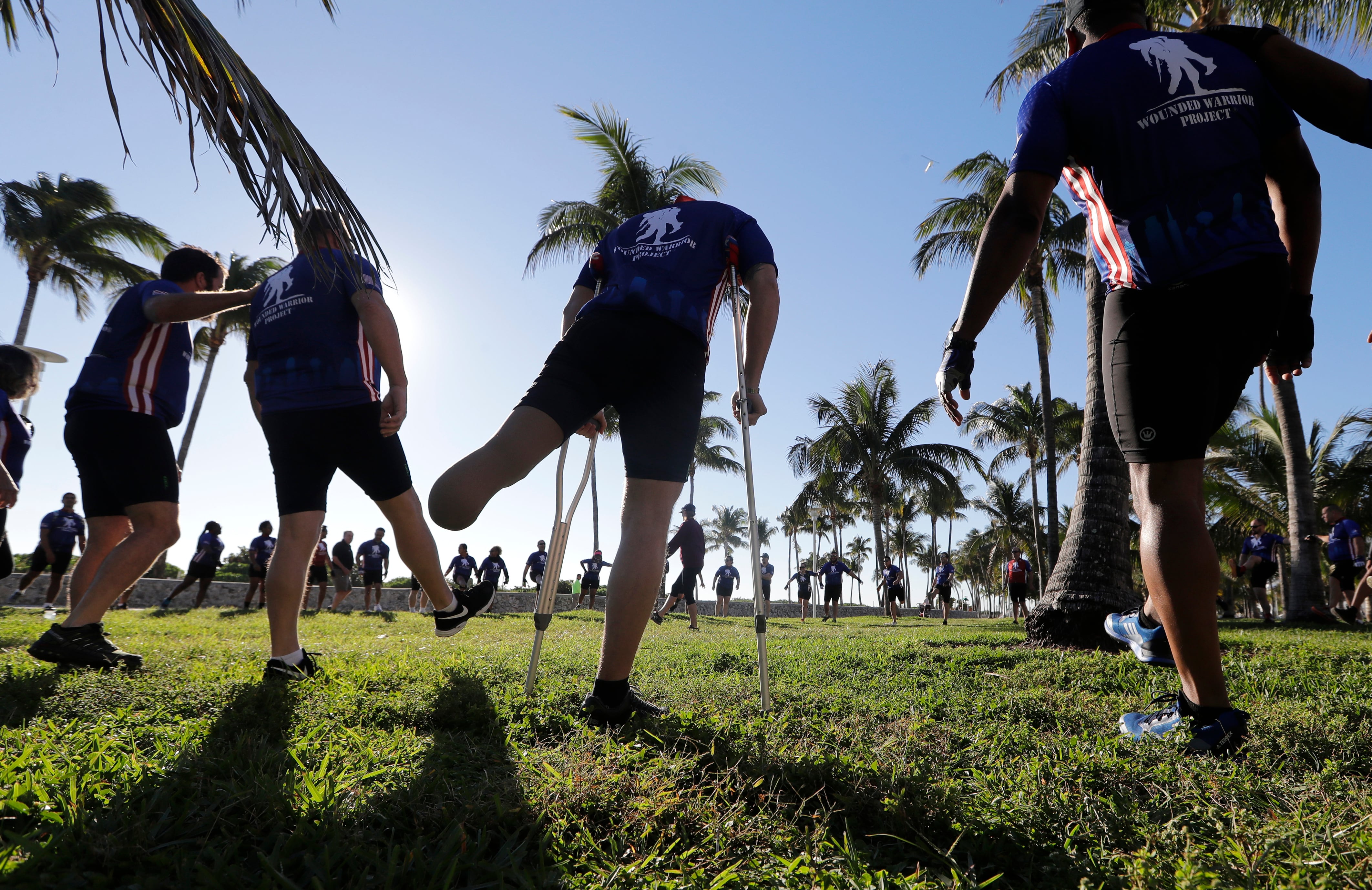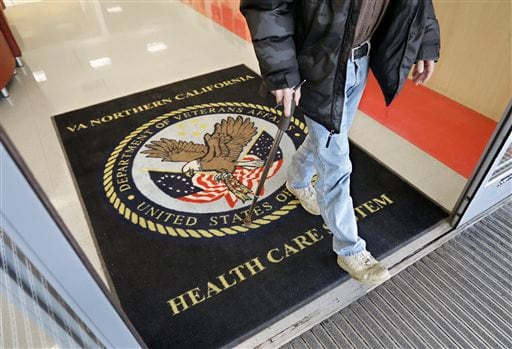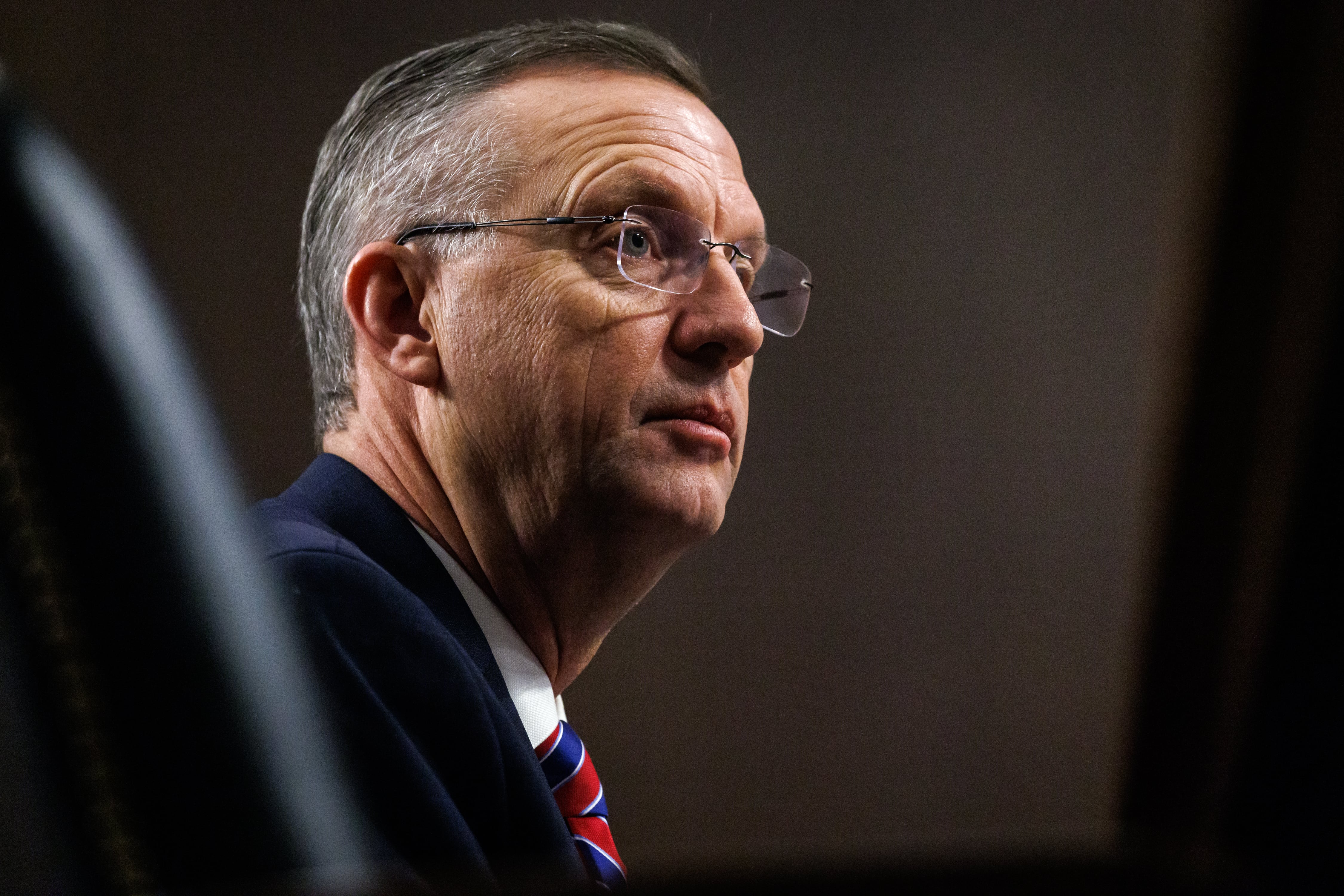The customer experience movement in government was sparked over a decade ago by a desire to bring the power of human centered design, agile development, and innovation practices to federal organizations. Customer- or human-centric methods were introduced as a newly effective and efficient way to design policies, programs and services for the people they intend to support. As consumers, we all know that a bad customer experience leads to poor business outcomes — less brand loyalty and more resources spent mitigating reputation damage instead of investing in product or service innovation. When it comes to interactions with government, there is even more at stake: poor experiences with agencies lead to eroded trust in government, which ultimately puts democratic institutions at risk. The CX movement has been a continued effort to rebuild trust in government, which has declined steeply over the past 20 years.
Last week signaled a huge step forward with President Biden’s executive order on improving CX and service delivery for the American people. This EO is the first time the CX movement has been supported with the power of a presidential mandate requiring federal leaders to meet specific customer service commitments. Backed by the EO, agency leaders have the opportunity not just to achieve compliance, but more importantly, to use CX methods and tools to accelerate momentum toward higher performance and greater trust. To make sure they generate sustainable momentum, leaders must adopt the people-centered mindset that the discipline of CX requires, focusing not just on citizens and residents but also on the government employees who do the work of serving the public.
Start with capabilities and build on beachheads
To build a sustainable CX program, start by strengthening your employees’ CX capabilities. Find the existing pockets of activity in your agency and learn what those people are currently doing to support customer experiences. Identify your team members who have brought human-centered design and CX to an office or a program. Ask: How did they organize, and what were the pros and cons of their approach? Pull from those lessons learned and take inventory of what has already proved itself successful.
Capture those success stories — not just in terms of performance improvement and impact on citizens and residents but also understanding how applying CX approaches improves the employee experience as well. These employees are your CX ambassadors, or beachheads. Celebrate their success, give them opportunities to spread their insights across your organization, and use their work to understand what good CX looks like in your agency. From there, build HCD and CX training into your standup and rollout of CX programs, leveraging existing workforce development resources like the Innovation Lab at OPM, the LUMA Institute, and the Partnership for Public Service — all of which run workshops and learning experiences to spread HCD across the federal workforce.
Integrate tools and teams — use the data!
Tools accelerate momentum by giving employees tangible ways to practice CX methods. Provide your people the tools they need to create and sustain CX operations. This EO will create a spike in the traction and significance of CX, but CX won’t survive if it stands alone as a siloed program. Instead, CX should become a core part of how government employees do their jobs every day, as they work to create a better future.
Bring CX and operations data together in one place so leaders and employees can see how traditional success measures, such as program outcomes and budget efficiencies, improve when you focus on experience. Start with the interaction touchpoints individuals have with your organization, so you can uncover specific pain points to address. As you improve customers’ experiences and agency performance, you can open up opportunities for deeper engagement with the people you serve, which is where innovations in policy, program and service design come from.
Include employee experience in your CX program
The President’s EO gives agencies key performance indicators for success. To reach beyond the mandate to create momentum, build employee experience measures into your outcomes. Disengaged, unhappy employees cannot be expected to deliver an excellent customer experience. As a public servant, nothing is worse than being asked by your organization to take care of others while seeing that your organization is not taking care of you. Measure the moments that matter across the employee lifecycle (including specific touchpoints), uncover the root causes and drivers of those experiences, and drive meaningful improvements both tactically and strategically. Use co-creation tools and techniques to design the experiences your employees want from the very beginning of their engagement with you.
Bringing CX methods into your agency enables employees to reconnect with the reason they joined public service — to serve people. Workers who are closely involved with different aspects of the organization and interact with customers on a regular basis will have unique insights into where barriers can be removed and the experience can be improved. Empowering people at all levels with experience insights sparks innovation and creativity and ensures you are taking action where it will make a meaningful difference.
These steps put you on the road to having a full experience management system that integrates customer experience, employee experience and operational data to continuously improve performance. By listening to people through the entire cycle from design to measurement to improvement, you will reduce risk, speed cycle times and enhance performance. Building a XM mindset into all of your management processes can make your organization an agile and resilient center of excellence that builds and sustains trust across all stakeholders.
Dr. Sydney Heimbrock is a former OPM executive and the current chief industry advisor for government at Qualtrics. She works at the nexus of customer experience, human capital and process improvement to drive organizational transformation in government. As founding executive director of the Innovation Lab at OPM, she was an early leader in the experience management movement in government. Heimbrock has served as the federal government’s chief learning officer and has led government-wide strategic human capital management initiatives under the President’s Management Agenda.





